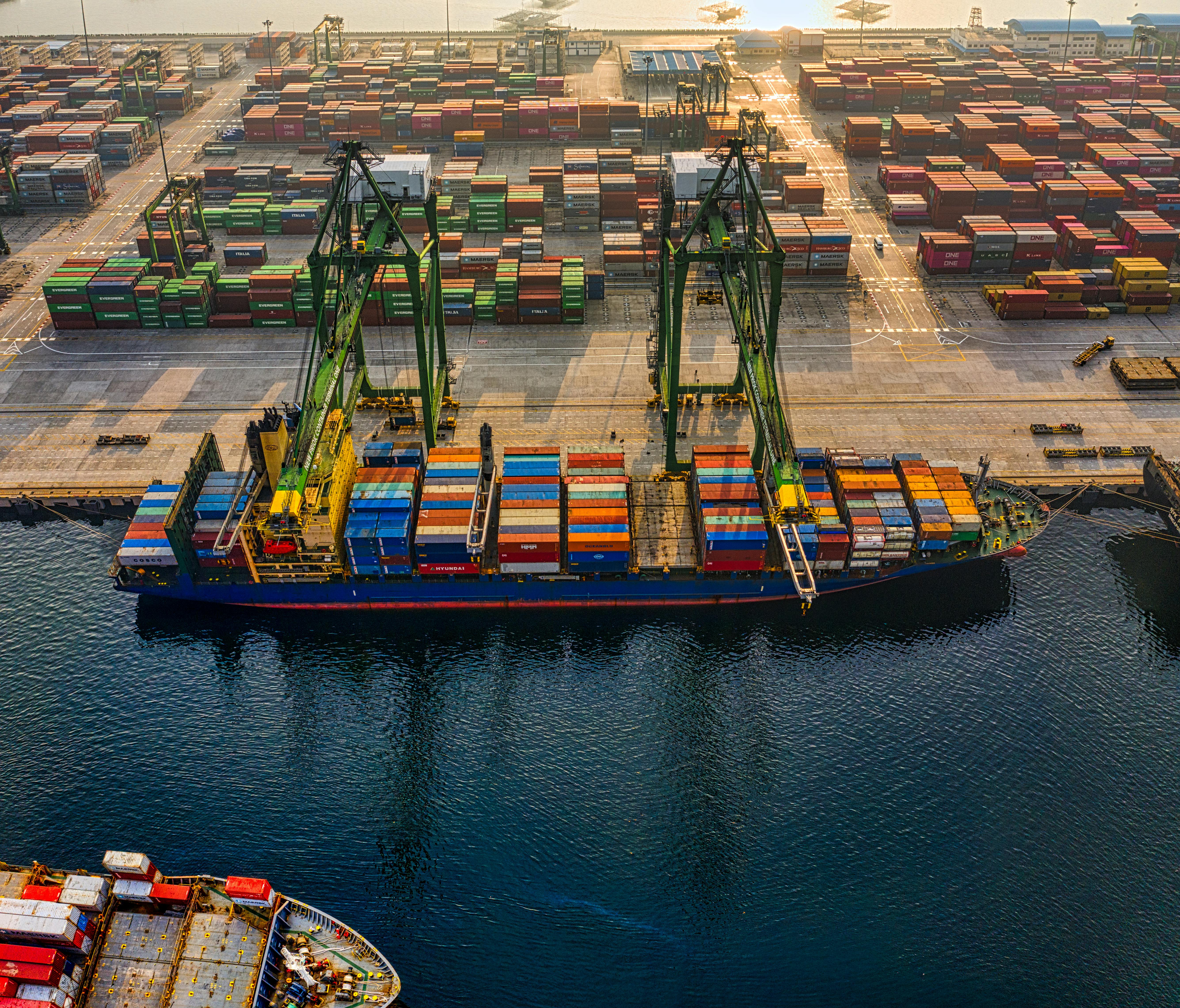International Trade by industry: Old and New Trends
An analysis of international trade by industry in relation to long- and short-term performance
Published by Marzia Moccia. .
Health products Importexport Home items Fashion Uncertainty Conjuncture Industries Global economic trends
As documented in the previous article First Half 2022: World Trade Scenario between War and Inflation, in the face of significantly increased international uncertainty related to the conflict in Ukraine, fluctuations in commodity prices and consequent inflationary pressures, and persistent transportation bottlenecks, the pace of expansion in world trade in manufactured goods is significantly moderating.
After a particularly positive 2021, which in terms of dynamism recalled the season of increases recorded in 2017-2018, international trade in goods has in fact given way to a marked slowdown, particularly visible in the second quarter of the new year, in which the effects of the conflict and Chinese lockdowns are weighing heavily.
In the context of a marked deceleration in the pace of trade growth just described, it is particularly relevant to understand what sectoral changes are affecting world trade over the past few quarters. Indeed, there is no doubt that the pandemic has imposed a paradigm shift on the world stage, impacting both the business-to-consumer segment, influencing international consumption preferences, and the business-to-business segment, forcing systematic reflection on the possibility of reorganizing a globally integrated and atomized supply chain.
How the pandemic shaped world trade in goods
In order to highlight which industries are in an acceleration/deceleration phase with respect to the long-term trend, the following graph positions on the x-axis the average annual change recorded by the main industries between 2019 and 2011, while the y-axis shows the average change reported between the first half of 2022 and the corresponding 2019 period. Through this representation, it is possible to distinguish in the upper-left section of the graph those industries that have accelerated relative to the long-term trend, and in the lower-right section those that have been adversely affected by the pandemic environment.
Source: ExportPlanning - International Trade Datamart
First of all, it is evident how, in terms of quantity, the growth of world trade in Natural and Industrial Raw Materials (A1 and A2) is on a pace in line with that of the 2011-2019 period, while the picture for consumer, intermediate and capital goods appears more differentiated.
On the consumer goods front, the industry that has definitely accelerated compared to the pre-pandemic trend is, of course, that of the Health System (E4): even in the 2011-2019 period, the sector had dominated - in terms of average annual change - all other consumer segments, making itself the protagonist of a further boost over the last three years. Also worth mentioning is the case of the Home System (E3), which supported by the shift of interest toward the enhancement of domestic space, has been more dynamic in the last three years than in the long run. Moreover, while the Agribusiness of Finished Products (E0) cluster seems to have substantially continued at the long-term pace of expansion, greater difficulties have been reported by the trade of Unpackaged Food Goods (B1), mainly due to the incidence of products destined for the Ho.Re.Ca channel, which have shown a gradual recovery. There is no doubt that for the cluster of products destined for consumption, the Finished Personal Goods (E2) and especially the Textile chain (B2) have been the ones most affected by the downsizing of voluptuous consumption and more related to social contexts, although the E2 sector is showing the first signs of a gradual return to "normality."
In the case of capital goods, decisively dominating is the performance marked by ICT Equipment (F1), which is accompanied by that of the associated intermediate goods: electronic Components (D1). In fact, the supply chain is experiencing a distinct growth phase, driven both by new purchasing preferences and the acceleration of the digital push. In a diametrically opposite situation, on the other hand, is the demand for Means of Transport (F3) and the related supply chain (D3), which appears to be the sector most penalized by the pandemic context and affected by extensive structural changes. Finally, the case of Industrial Equipment should be mentioned: while Machinery is experiencing a phase of expansion, dominating the long-term growth rate, in greater difficulty seems to be the Industrial Equipment sector (F5). The result seems to signal that firms' investment decisions over the past few years have focused more on modernization of the machinery stock than on increases in production capacity.


